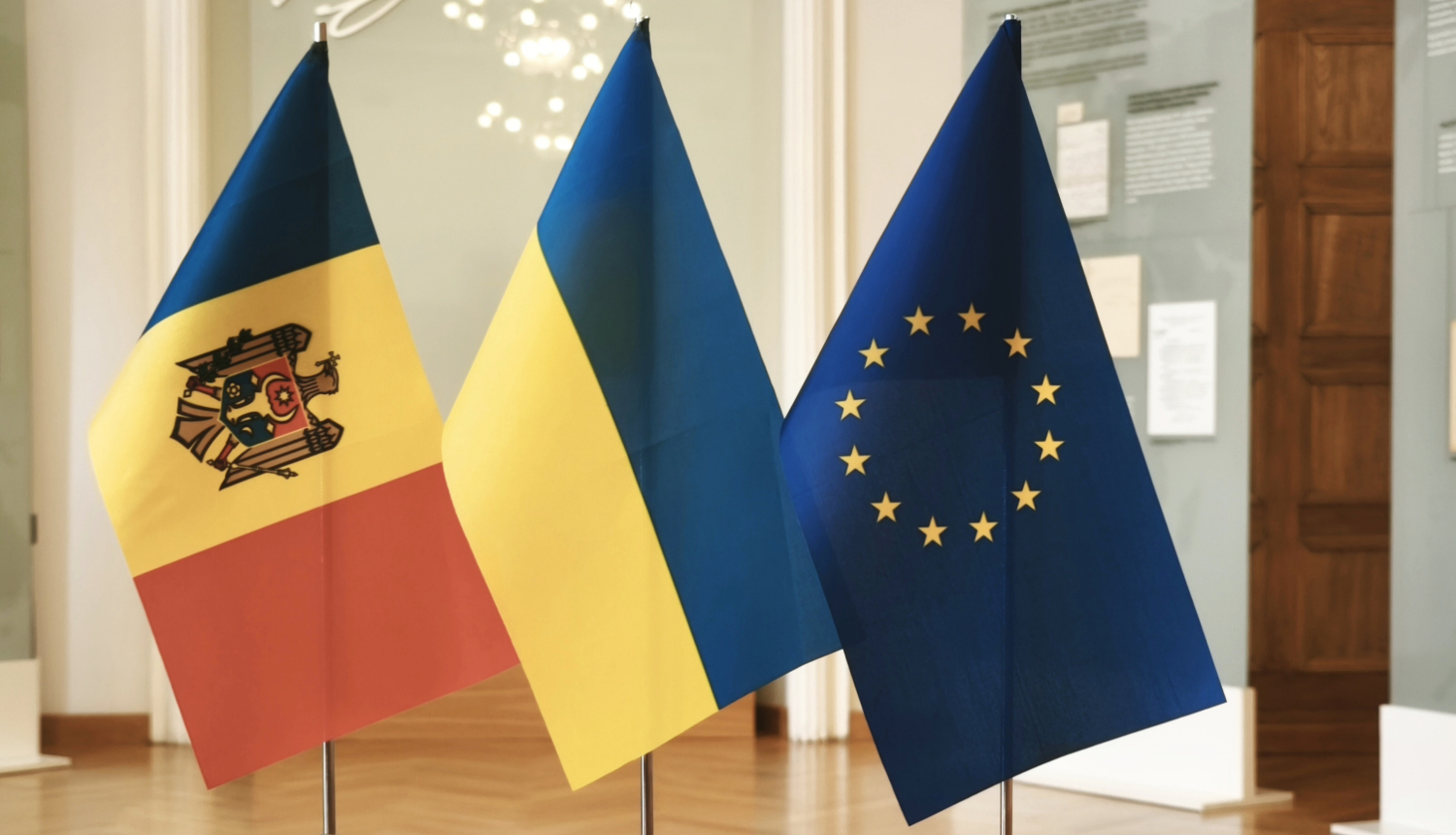On 24 September 2025, the Saeima Committee on European Affairs and, approved the national positions developed by the Ministry of Foreign Affairs on the modernization of the European Union (EU)–Ukraine Deep and Comprehensive Free Trade Area (EU–UADCFTA) and the EU–Moldova Deep and Comprehensive Free Trade Area (EU–MD DCFTA) agreements. On 23 September, the national positions were also approved by the Cabinet.
The national positions have been drawn up about the European Commission’s proposal, which envisages further EU-Ukraine and EU-Moldova trade liberalization: further elimination and decrease of import duties. As concerns sensitive goods, especially in agriculture, tariff quotas are kept while increasing their volumes. Thereby, the two countries will be moving ahead with their integration into the EU’s single market and people will benefit from a wider market offer.
The revision of the EU-UA DCFTA and the EU-MD DCFTA creates a stable and predictable market regulation that will ensure the further progress of Ukraine and Moldova towards the EU and market integration, providing the EU and the citizens of the two countries with opportunities to benefit from.
Although the majority the Ukrainian and Moldovan exports to the EU already benefit from tax-free access to EU market, the revised provisions will open up further opportunities for trade.
At the same time, access to the EU market for Ukrainian and Moldovan products will depend on how their production is brought in line with EU standards, especially in agriculture, for instance, regarding the use of pesticides, animal husbandry. Ukraine and Moldova will report annually on their progress in this area. This is a special solution, as other trade liberalization agreements do not provide for alignment to the EU production standards. The condition has been opted for to facilitate the integration of Ukraine and Moldova into the EU internal market. This will not only promote the recovery of the Ukrainian economy and bringing it closer to the EU, but will also ensure predictable conditions for Latvian industries in the Ukrainian market.
The European Commission’s proposal also envisages a safeguard mechanism for situations where the import of Ukrainian and Moldovan products may cause negative effects even in one EU Member State or sector. In that case, trade advantages can be suspended.
Russia’s continued military aggression against Ukraine significantly undermined Ukraine’s ability to participate in global trade, so the EU introduced unilateral trade liberalization measures in 2022 to provide Ukraine with better access to the EU market.
However, this was an exceptional short-term solution. After the measures expired this past June, both sides agreed to continue facilitating mutual trade while supporting Ukraine’s alignment with the EU acquis, which is an important part of Ukraine’s accession negotiations with the EU.
The changes will allow Ukraine to maintain the export levels for many products in the EU single market, and, through the EU’s re-export of Ukrainian goods, enable Ukraine to regain its market shares in traditional third-country markets lost due to Russia’s war of aggression.
This July also saw the expiration of the EU’s unilateral trade liberalization measures for Moldova. They had been in place since the start of the Russian war of aggression against Ukraine in 2022 to support the Moldovan economy, since traditional transit routes through Ukraine had been disrupted.
The new trade terms will take effect 15 days after their approval at the meeting of the EU-Ukraine (and respectively – Moldova) Association Committee in its Trade Committee configuration. The national positions have been prepared on the basis of the European Commission’s proposal for a Council decision on the EU position in the Association Committee.




